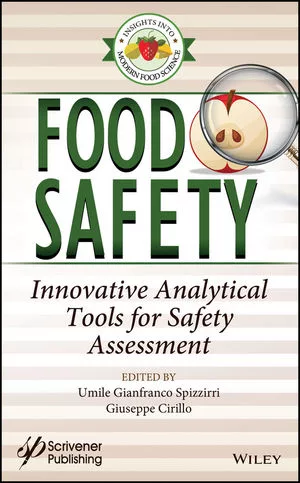FDA Releases Third Installment of the Draft Guidance for the Intentional Adulteration Rule

Today, the U.S. Food and Drug Administration (FDA) released a supplemental draft guidance designed to support compliance with the Intentional Adulteration (IA) Rule under the FDA Food Safety Modernization Act (FSMA). This is the third and last installment of the draft guidance for the IA rule.
The FSMA final rule on intentional adulteration is aimed at addressing hazards that may be intentionally introduced to foods, including by acts of terrorism, with the intent to cause wide-spread harm to public health. Unlike the other FSMA rules that address specific foods or hazards, the IA rule requires the food industry to implement risk-reducing strategies for processes in food facilities that are significantly vulnerable to intentional adulteration.
This last installment of the IA rule draft guidance adds to the previously published draft guidance with chapters covering topics focusing on food defense corrective actions, food defense verification, reanalysis, and recordkeeping. The installment also includes appendices on FDA’s online Mitigation Strategies Database and how businesses can determine their status as a small or very small businesses under the rule.
Food facilities covered by the rule are required to develop and implement a food defense plan that identifies vulnerabilities and mitigation strategies for those vulnerabilities. These facilities are also required to ensure that the mitigation strategies are working by implementing mitigation strategy management components. Compliance requirements for large facilities began in July 2019; inspections will begin in March 2020.
More from FDA:
FSMA Final Rule for Intentional Adulteration of Food
Draft Guidance for Industry: Mitigation Strategies to Protect Food Against Intentional Adulteration
Supplemental Draft Guidance for Industry: Mitigation Strategies to Protect Food Against Intentional Adulteration
Food Defense Plan Builder
More from Food Safety Magazine:
Economically Motivated Adulteration: What Are Processors Doing to Combat Food Fraud?
The FSMA Intentional Adulteration Rule is Here: Are Processors Ready?
Current State of Intentional Adulteration
Looking for quick answers on food safety topics?
Try Ask FSM, our new smart AI search tool.
Ask FSM →








